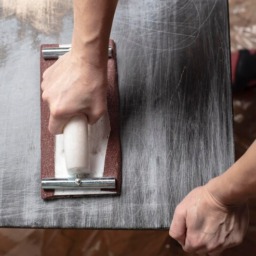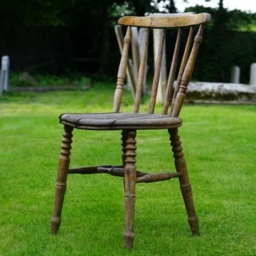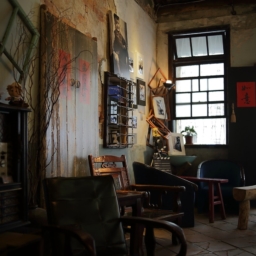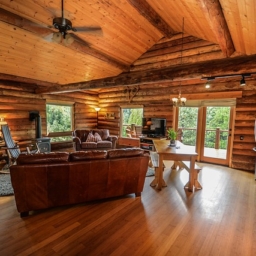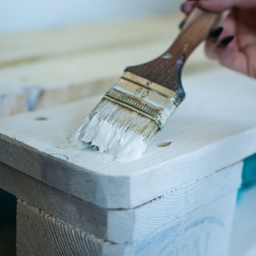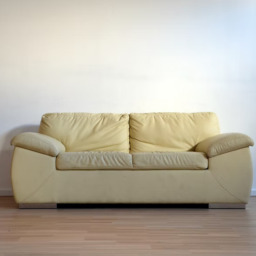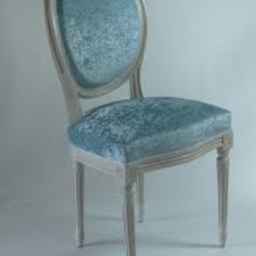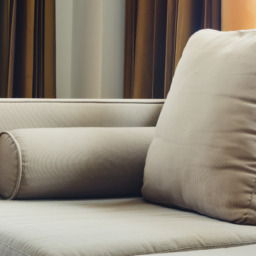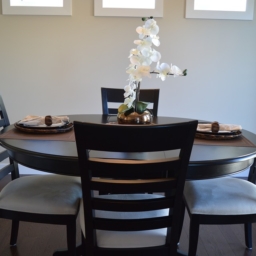Most pieces of furniture will experience some level of fading over time. This is because of age, but exposure to the sun will further accelerate fading. In some situations, this could make furniture look more appealing and even add to a vintage feel. In other cases, the fading can go too far or appears uneven, which can make your furniture look damaged rather than aged.
If you’ve noticed fading on your furniture and it is not something you like the look of, you won’t need to throw it away. You can try some techniques to help restore your furniture that has become dull or faded due to the sun. While this is a little intensive, for example, it would be a weekend project, not something you can just do in one day; the results will be great. Keep reading for our steps to restore sun-faded furniture.
The Set Up
Anytime you want to restore a piece of your furniture, you will need an adequate workspace to do it in. Your space will need to be well ventilated because of the products and chemicals you need to use. However, you also need a clean and clear space from debris since you don’t want this to accumulate on the finished piece, which can be as big an issue as the sun fading itself. For a lot of homeowners, the garage can be a suitable space to conduct your project. Use some drop cloths in order to protect the flooring.
Clean Up the Furniture
Just like your workspace, you want your furniture to be clean before you begin. In many cases, a slightly damp soft cloth is fine. However, if your furniture has dirt built up, you might need to do a gentle cleaning. We recommend using a mixture of water and white vinegar in a ratio of 3-to-1. Give your furniture time to dry before you move on.
Strip the Wood
If you are cleaning up an antique, then you will want to preserve as much of its original finish as possible. This is difficult when you are doing a DIY project. Unless you have some experience with furniture restoration, your best option is to strip the wood of the shellac, paint, sealant or stain to help you get consistent results. You can use a chemical agent to strip the wood or you can sand it. Going with the chemical option is the easiest.
Inspect the Furniture for Rough Spots
If you notice any uneven texture on your wood, then you will want to sand it smooth. You want to make sure that everything is even before you move on, since not doing so will cause problems with staining and if you seal the wood after the issues will just be sealed permanently, which could force you to start all over.
Select the Stain or Paint You Want and then Apply it
Be careful when staining or painting, since you want to be sure that you have chosen the right product for the type of wood you are staining or painting. If you’re not sure what kind of wood you are working with, then it is better to consult with a furniture restoration professional.


